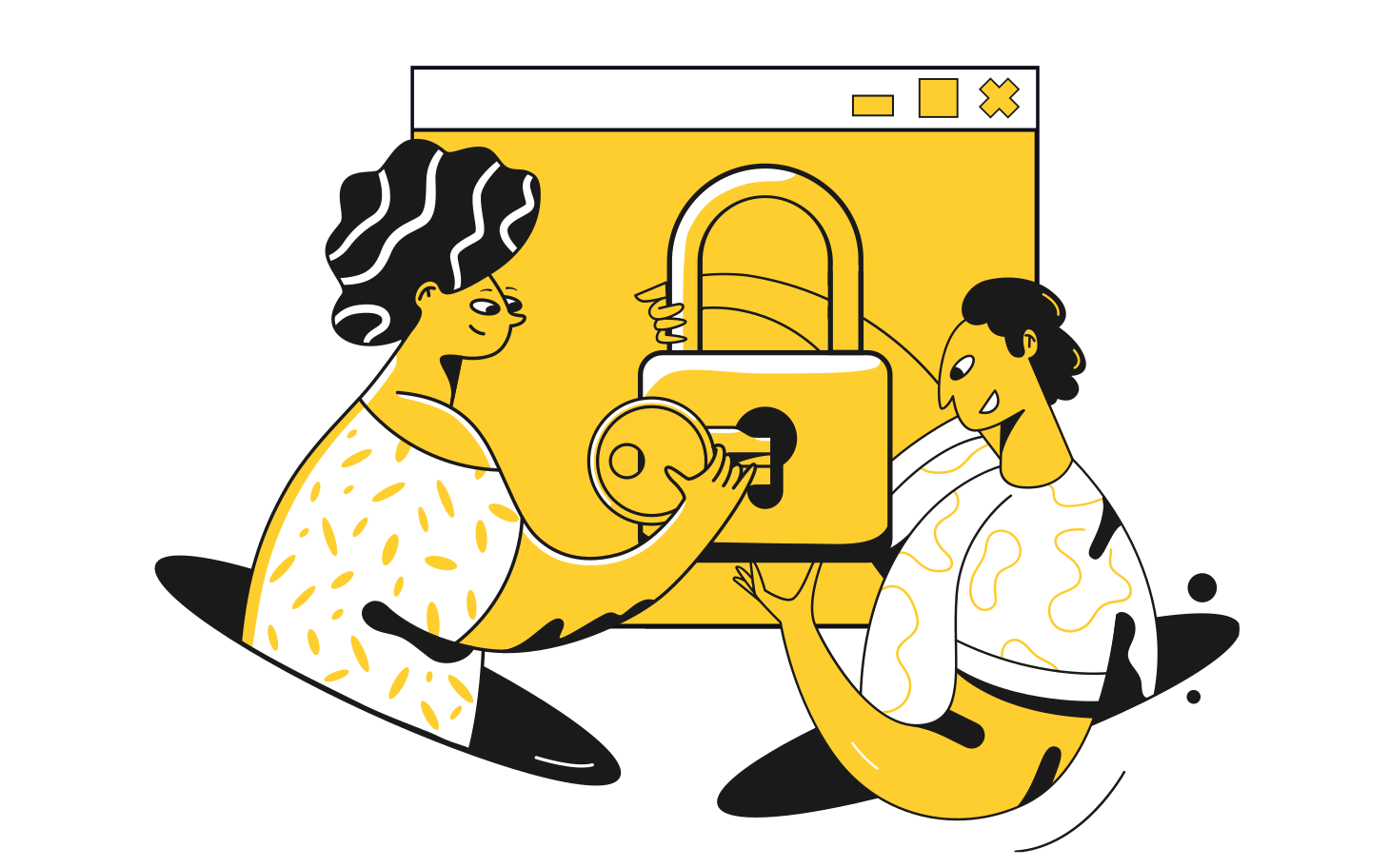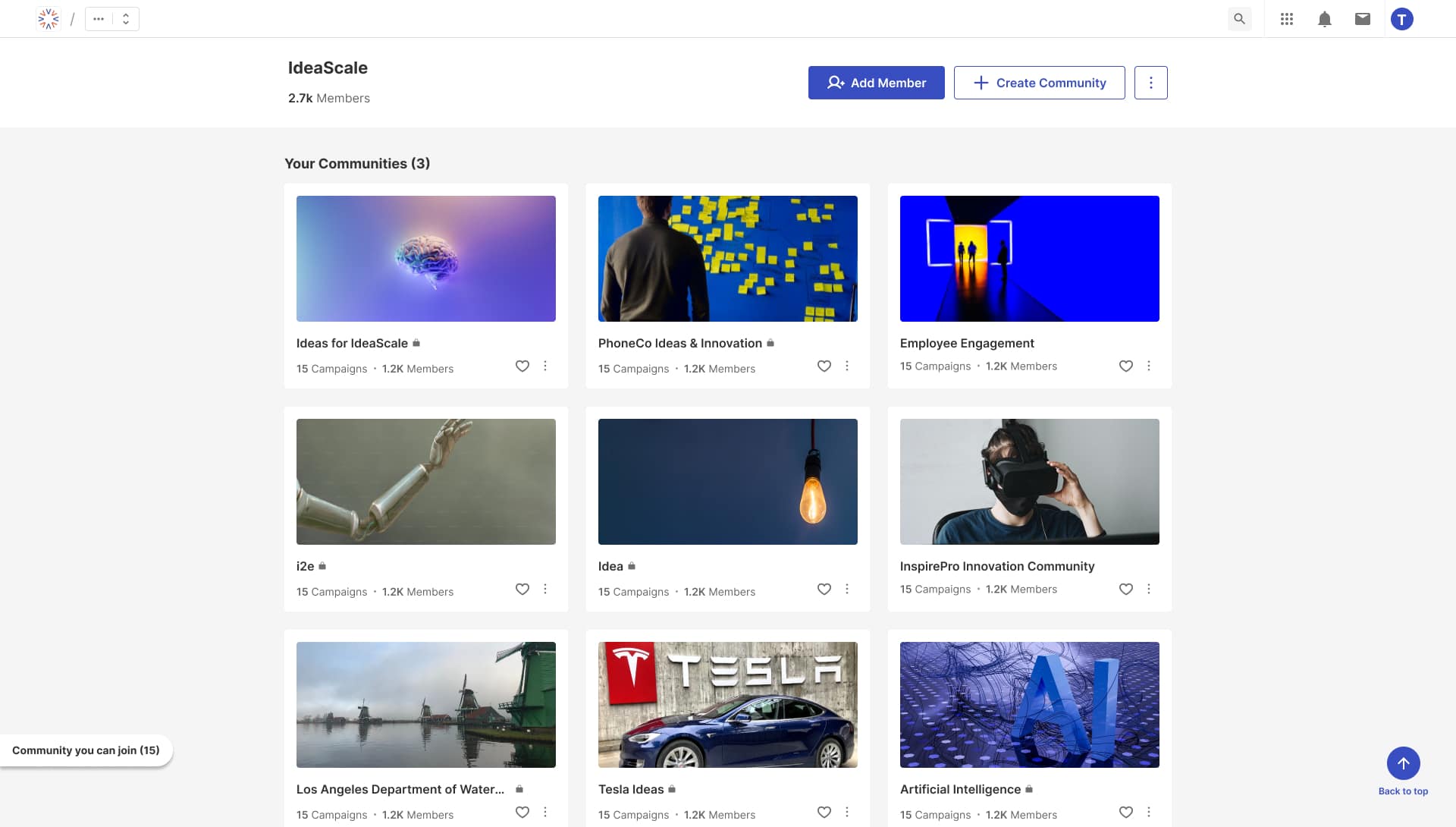Fishbone Diagram Applications
Upon its creation, the fishbone diagram was initially used for quality improvements within a workflow or product cycle. Today, however, it is being used for all kinds of problem-solving scenarios and has many unique applications. This article will describe some of the most popular fishbone diagram applications and highlight why they are helpful.
1. Solving Complex Problems
The Fishbone Diagram allows users to break down several potential issue areas at a single glance. Because of this, it is an excellent diagram for sharing large and complex information. The main thing about these diagrams is that it helps the team recognize the reasons behind specific outcomes. They enable multiple branches of knowledge to be explained within a single category which helps make a complex problem simpler. In other words, the root causes that lead to the underlying issue or effects. They are best suited for addressing complicated problems with various causes, i.e., climate change.
2. Enabling Reflective Analysis
Fishbone diagrams are helpful for reflective analysis because they provide a document that can be used in the future to diagnose previous issues. If you and your team mainly focus on KPIs, the fishbone diagram can provide helpful context often missing.
It helps people understand what is causing numbers to fall or rise. Participants can also discover where mistakes are made, where profit is lost, and what activities lead to better results.
3. Planning for Preferred Results
Fishbone Diagrams are also helpful when creating plans for the future. With the help of a Fishbone diagram, one can identify the best ways for attaining desired outcomes and plan activities accordingly. One can also customize the fishbone diagram template to develop perceptible plans to improve customer experience and satisfaction.
4. Formulating Theories
The chief application of the cause-effect diagram is for the orderly arrangement of theories about the causes of the observed quality problem that the team is assigned to resolve. Once the approaches are well understood and ordered, the team will use its best collective judgment to spot those theories which should be tested.
The characterize step’s ultimate objective is to identify the team’s problem’s first root cause or causes.
There also are other opportunities for organizing theories. The team might want to understand why some parts of the method work better than others.
5. Designing for Culture
A cause-effect diagram can be helpful for the team in considering the cultural impact of its proposed remedy. A cause-effect chart can sometimes help think systematically about the resistance that the proposed solution will probably satisfy. Suppose the phenomenon to be explained is resistance to the proposed remedy. In that case, the team can construct a cause-effect diagram to identify the foremost important resistances it must address.
Learn more: What is a Fishbone Diagram?
How to Use Fishbone Diagram
A fishbone diagram, also known as an Ishikawa diagram or a cause-and-effect diagram, is a visual tool used to analyze and identify the root causes of a problem. It’s particularly useful in problem-solving and quality improvement processes.
1. Define the Problem
Commence by providing a clear and concise description of the problem or concern that is to be examined. Write it down in a clear and concise statement at the head of the fishbone diagram. The problem statement acts as the figurative “fish’s head.”
2. Draw the Backbone
Draw a horizontal line extending from the problem statement, like the spine of a fish. This line represents the main issue you’re trying to address.
3. Identify Categories (Fishbones)
Create the “bones” of the fish by drawing diagonal lines, like the ribs of a fish, that extend from the spine. These diagonal lines represent the different categories or factors that could contribute to the problem. Common categories include:
- People: Human factors such as skills, training, and communication.
- Process: Procedures, methods, and workflows.
- Equipment: Tools, machinery, and technology.
- Environment: Physical and external factors.
- Materials: Raw materials, supplies, and resources.
- Measurement: Data and metrics related to the problem.
4. Brainstorm Causes
Under each category, encourage a team or group to brainstorm potential causes or factors that might contribute to the problem. Use sticky notes or labels to write down ideas and attach them to the corresponding bone.
5. Analyze Causes
Once you have a list of potential causes, discuss and analyze each one. Identify the most likely causes or contributing factors and arrange them in a logical order on the diagram.
6. Prioritize Causes
You can prioritize the causes based on their significance and impact on the problem. You might use a voting system or data analysis to rank the causes by importance.
7. Identify Root Causes
Continue to dig deeper into each cause to identify the root causes. The goal is to trace the issues back to their core origins rather than addressing only the symptoms.
8. Develop Solutions
With the root causes identified, brainstorm and discuss potential solutions or actions that can address each cause. These solutions should help mitigate or eliminate the problem.
9. Create an Action Plan
Develop an action plan that outlines the steps and responsibilities for implementing the solutions. Assign tasks and set deadlines.
10. Implement and Monitor
Put the action plan into motion and monitor the progress. Ensure that the implemented solutions are effective in addressing the root causes.
Fishbone diagrams are a valuable tool for problem-solving and continuous improvement. They help teams visualize the complex web of factors contributing to a problem and provide a structured approach to finding and addressing the root causes.
Learn more: What is a Venn Diagram?
Conclusion
Fishbone diagrams aren’t just attractive visuals for impressing others. They’re tools that help us foremost the solutions to complex problems. This is the core of most fishbone diagram applications and helps prioritize solutions for your businesses. If this article was helpful, make sure you check out our other fishbone diagram content, including their advantages and how to build one yourself, only on IdeaScale Whiteboard.
Most Recent Posts
Explore the latest innovation insights and trends with our recent blog posts.













